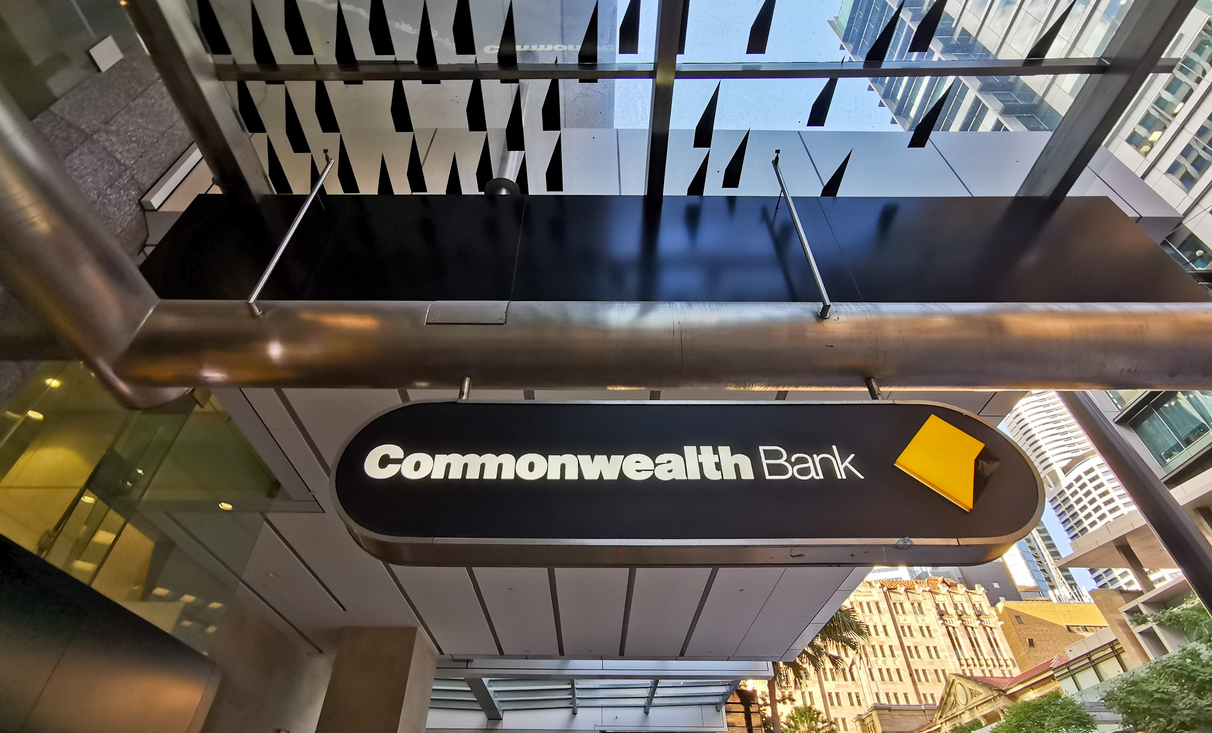3 technology trends set to revolutionize retail
As per RBR London’s Mobile Self-Scanning and Checkout-Free 2022 study, there has been a threefold increase in the number of stores leveraging checkout-free technology worldwide.

As per RBR London’s Mobile Self-Scanning and Checkout-Free 2022 study, there has been a threefold increase in the number of stores leveraging checkout-free technology worldwide. From 250 such stores in 2021, the study forecasts the number to touch 12,000 by 2027.
With an increase in online shopping, there has also been a spike in identity theft and payment fraud. By deploying fraud-prevention solutions, retailers can steer clear of chargebacks. This helps build customer confidence and and further improves frictionless retail. The results of such a fast, efficient, frictionless, and cohesive customer journey are increased footfalls and higher earnings.
Algorithmic retail
With fast-changing customer preferences and a rise in competition, retailers are increasingly turning to AI to help them solve complex problems and make faster decisions. From big fashion brands to staples and grocery stores, every retailer is looking to apply algorithms to improve the bottom line, especially in the areas of omnichannel retailing, demand forecasting, and predictive analytics.
By applying algorithms to better predict fluctuations and demands in the market, retailers are better positioned to solve one of the biggest challenges in retail — inventory management — by stocking the right products depending on the market situation.
For instance, Walmart’s AI solution Eden leverages machine learning to optimize inventory levels and predict demand across its stores. This has helped the company cut down out-of-stock episodes by as much as 30%, while reducing waste and overstocking.
By putting algorithms to work on big data collected from diverse sources, retailers can intelligently predict what customers will buy and in which order. Grocery stores, for instance, can plan their stock-ups based on weather conditions, customers’ buying patterns, and geolocation. And by better understanding customer buying habits through algorithmic analysis, they can optimize store layouts for improved navigation and increased sales, for example, stocking fresh vegetables upfront, followed by bread spreads, and then beer at the end.











